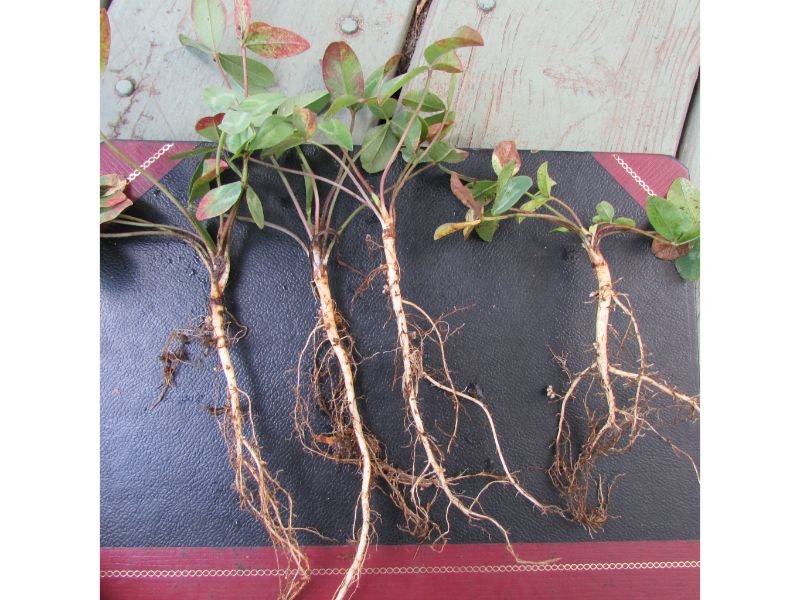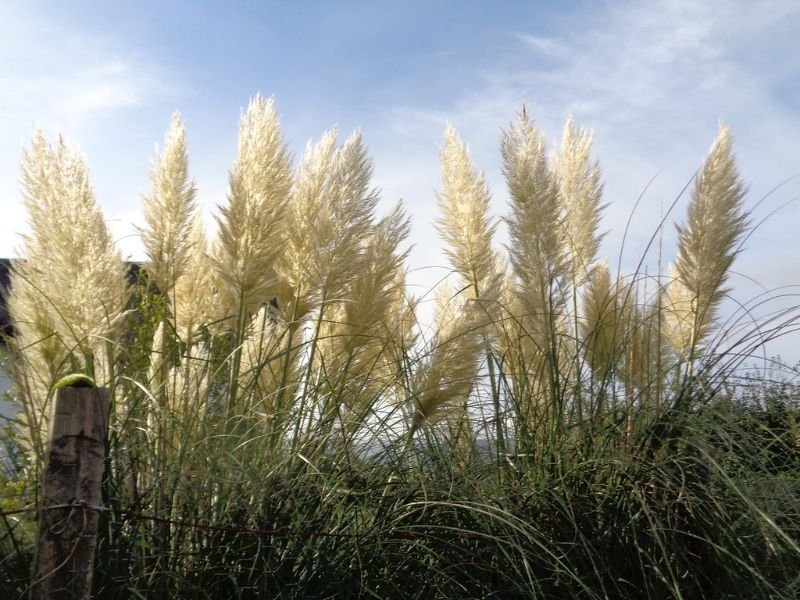Fibrous root plants are a diverse group of flowering plants that are characterized by their shallow, spreading root systems. These roots are typically shallow and diffuse and are often found in the top layers of the soil. While fibrous root plants may not have the same deep, anchor-like roots as taproot plants, they are still an important component of many gardens and landscapes.

Fibrous root plants are a valuable asset in any garden or landscape, providing a wide range of benefits and adding beauty and interest to the environment. These plants are generally easy to care for and maintain, and with the right approach, it is possible to keep them healthy and productive for many years. Some common fibrous root plants include grasses, ferns, and many types of flowers and shrubs.
In order to provide the best care for fibrous root plants, it is important to understand their specific needs and requirements and to take a proactive approach to their care. This includes providing the plants with sufficient water, nutrients, and other resources, as well as protecting them from pests and diseases. By following these guidelines, it is possible to grow healthy and productive fibrous root plants in any garden or landscape.
Table of Contents
Characteristics of fibrous root plants
There are several characteristics that are typically associated with plants that have fibrous roots:
- Shallow, diffuse root systems: Fibrous root plants have shallow, diffuse root systems that are typically found in the top layers of the soil. These roots are not as deep or anchor-like as taproot plants, but they are generally more extensive, spreading out horizontally rather than growing downward.
- Rapid growth and reproduction: Many fibrous root plants have a rapid growth rate and are able to reproduce quickly, either through seeds or vegetative reproduction. This allows them to spread quickly and colonize new areas.
- Adaptability to a variety of soil conditions: Fibrous root plants are generally adaptable to a variety of soil conditions, including poor or compacted soils. This makes them a good choice for gardens and landscapes where the soil may not be ideal for other types of plants.
- Drought tolerance: Many fibrous root plants are drought tolerant, due to their shallow root systems and ability to store water. This makes them well-suited to dry or arid climates.
- Erosion control: Some fibrous root plants, such as grasses, are used for erosion control due to their ability to anchor the soil and prevent erosion.
Overall, fibrous root plants are a diverse and adaptable group of plants that are well-suited to a wide range of growing conditions and are valued for their rapid growth and reproduction, adaptability to different soil conditions, and drought tolerance.
Plants that have fibrous roots
There are many well-known plants that have fibrous roots, including:

- Grasses: Grasses are a type of plant that is characterized by their fibrous roots and their ability to anchor the soil and prevent erosion. Some common grasses with fibrous roots include lawn grasses, such as Kentucky bluegrass and fescue, as well as ornamental grasses, such as pampas grass and fountain grass.
- Ferns: Ferns are a type of plant that is characterized by their delicate, fern-like leaves and their fibrous roots. Some common ferns with fibrous roots include maidenhair fern, bird’s nest fern, and staghorn fern.
- Flowers: Many types of flowers have fibrous roots, including annuals, perennials, and shrubs. Some common flowers with fibrous roots include petunias, daisies, and marigolds.
- Shrubs: Many types of shrubs have fibrous roots, including both deciduous and evergreen shrubs. Some common shrubs with fibrous roots include hydrangeas, azaleas, and rhododendrons.
Overall, there is a wide range of plants with fibrous roots, including grasses, ferns, flowers, and shrubs, that can be used in gardens and landscapes to add beauty and interest to the environment.
Watering Fibrous root plants
One of the key factors in caring for fibrous root plants is ensuring that they receive sufficient water. These plants have shallow root systems, which means that they are more susceptible to drying out than plants with deeper roots. To ensure that fibrous root plants receive the water they need, it is important to water them regularly, especially during dry periods or when the plants are actively growing.
The frequency of watering will depend on a variety of factors, including the plant’s specific needs, the climate and soil conditions, and the size and stage of growth of the plant. In general, it is a good idea to water fibrous root plants deeply, allowing the water to reach the roots, and to avoid over-watering, which can lead to root rot and other problems.
Fertilize Fibrous root plants
In addition to watering, it is also important to fertilize fibrous root plants regularly to provide them with the nutrients they need to grow and thrive. There are several types of fertilizers that can be used for fibrous root plants, including synthetic fertilizers and organic fertilizers.
The best type of fertilizer will depend on the specific needs of the plant, the climate and soil conditions, and the size and stage of growth of the plant. It is important to choose a fertilizer that is formulated for the specific needs of the plant and to follow the manufacturer’s recommendations for application rates and frequency.
Transplanting Fibrous root plants
Finally, it may be necessary to transplant fibrous root plants at some point, either to relocate the plants or to divide and propagate them. Transplanting these plants can be a little more challenging than transplanting taproot plants, due to the shallow and diffuse nature of their root systems. When transplanting fibrous root plants, it is important to be careful not to damage the roots and to provide the plants with proper care after transplanting to help them establish themselves in their new location.
By following these guidelines, it is possible to successfully transplant and care for fibrous root plants in any garden or landscape.

Gardening is my passion and growing plants indoors has always been a stress relief for me. Grow a banana tree in my apartment once (although failed to produce bananas).






